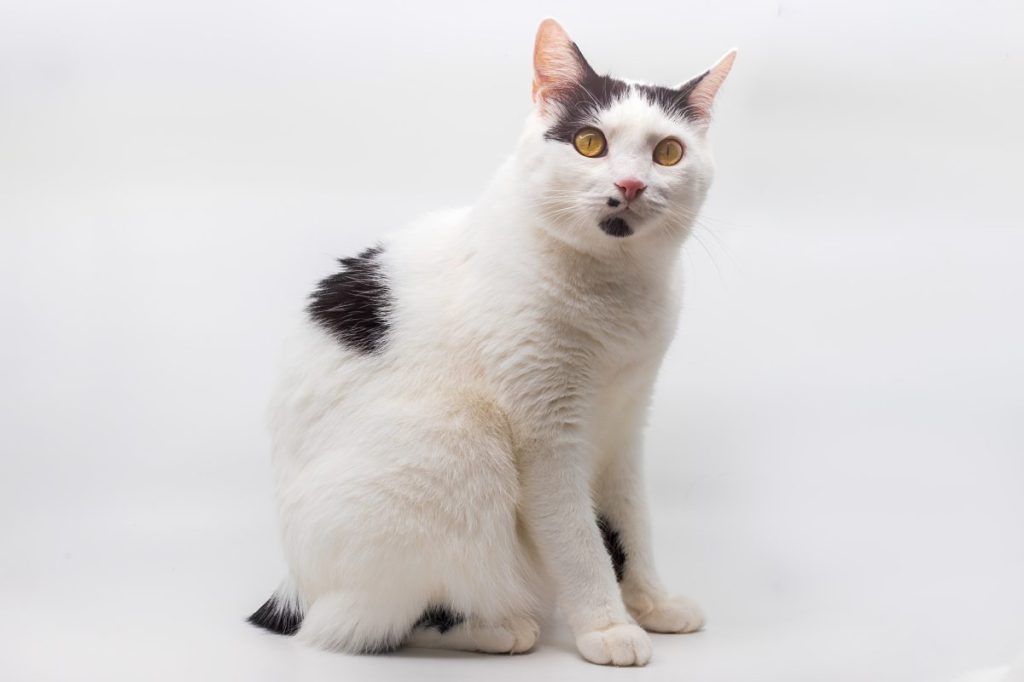Manx cats are recognizable by their most striking feature -no tail or a very short tail. Some have a small stub, while others have no tail at all. This distinctive taillessness or “rumpy” feature is the hallmark of the breed. They are believed to have originated on the Isle of Man, a small island located in the Irish Sea.

Terfel’s outlook on life changed drastically the day that his owner, Judy Godfrey-Brown of Holyhead, North Wales, took in a…




